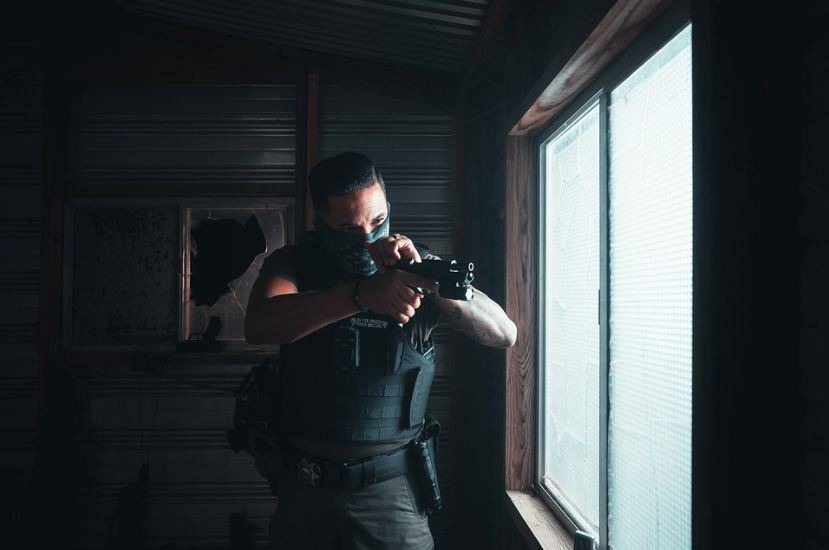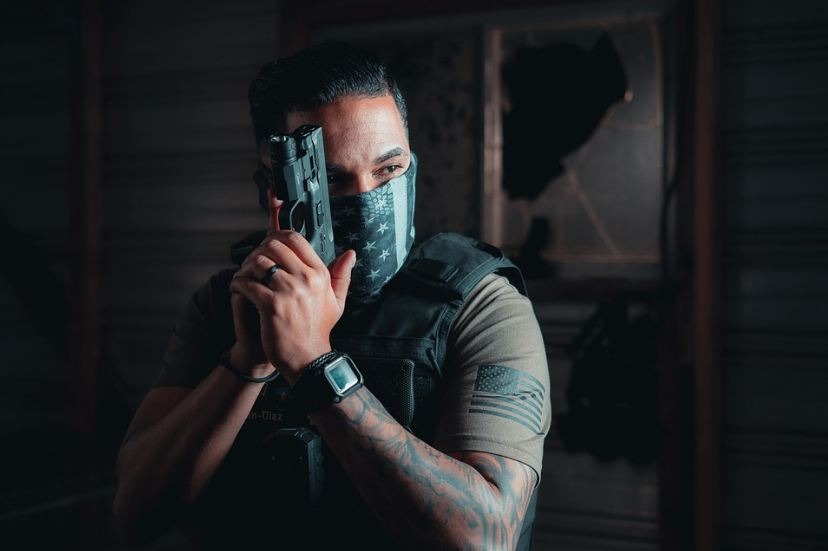When it comes to providing policemen and soldiers the best protection, there are only a few accessories and pieces of equipment that are as effective as the tactical vest. The tactical vest, also known as the bulletproof vest, is a piece of clothing that can be worn on a person’s torso and can provide ample protection against bullets and other deadly weapons. While the tactical vest’s function is fairly simple, there are intricacies within this piece of equipment that are often forgotten and ignored. To know more, here are some details and background about the tactical vest.
Functions of a Tactical Vest
As discussed in the introduction, the main function of the tactical vest is to protect the wearer against projectiles that are commonly fired by firearms like pistols, assault rifles, and others. Besides providing protection, tactical vests are also useful for storing items, as they would usually have pockets and small bags attached to them where soldiers and policemen can store extra ammo or other gadgets.
The modern bulletproof vest has an interior made of advanced plastic polymer sheets that typically contain Kevlar, Twaron, and other fibers and plastics that are effective in absorbing impact. There are also tactical vests that have plates of metal inside, although this would often add too much weight to the vests. Because of the difference between the materials found inside bulletproof vests, they are commonly divided into two categories, which are hard armor and soft armor. Hard armor is used by special mission units and hostage rescue teams, while soft armor is primarily worn by regular policemen and civilians.
Origins of the Tactical Vest
The first bulletproof vest was designed by Filippo Negroli, an armorer from Milan who was commissioned by Italian captain Francesco Maria della Rovere to make a vest that could withstand firearms in 1538. Many years later, specifically in 1561, the bulletproof vest became popular among the royalty and elite, with the Holy Roman Emperor Maximilian II being the first one that tested the piece of equipment.
During the middle of the English Civil War (1642 to 1651), the Ironside cavalry led by Oliver Cromwell wore musket-proof cuirasses and Capeline helmets that had two layers of armor plate. Some of the soldiers within the cavalry would even have three layers of armor plate, which further emphasized how they were able to last longer than most of the cavalries deployed during the said war.
While the concept of bulletproof vests was already created in the 1500s, the invention became commercially available only in the 1840s, when an unknown tailor from Dublin, Ireland, began making and selling bulletproof vests to the public.
A much lighter and softer tactical vest was invented in Joseon, Korea, during the 1860s, and this vest was called “Myeonje baegab,” which was prominently utilized during the battles on the United States expedition to Korea in 1871. It was believed that the Korean inventor of the vest was inspired by the bulletproof clothing worn by French soldiers in the French expedition to Korea in the 1860s. The Korean bulletproof vest would have 13 to 30 folds of cotton fabric that is effective in reducing the impact of firearm projectiles against the body.
According to historical records, it was the regent of Joseon, Heunsong Daewongun, who ordered the creation of the vests, as he saw that Western rifles were too powerful for the armor that his soldiers wore during the French expedition. This bulletproof vest would serve as one of the inspirations for the modern-day soft tactical vest.
During most of World War I, there was no body armor or bulletproof vest commissioned for production, which meant that soldiers fought with no piece of equipment that could reduce the damage they took from firearms. The reason why there was no body armor produced during that period was that the material for it would be too costly and would reduce the supply of metal that was utilized for making weapons and military vehicles. By the end of the said war, the British army medical services calculated that casualties and injuries in the war could have been reduced if proper body armor had been given to soldiers.
Because of the fully realized usefulness of bulletproof armor, companies in the United States started experimenting on creating body armor that is effective and lightweight. One of the first body armors developed in the United States was the Brewster Body Shield, which is made from chrome-nickel steel and has an additional headpiece that can protect the wearer against headshots. Although the armor was very effective, it was deemed too heavy since it weighed about 18 kilograms or 40 pounds. In addition, the armor also provided little movement, so the wearer would struggle to move around while wearing it.
The said armor would then be refined and improved upon, with the most successful iteration being a scaled waistcoat that has overlapping steel scales connected to a leather lining and weighs only 5 kilograms or 11 grams. The overlapping steel scales would then be utilized for various vests invented throughout the 1940s and 1950s, and this creation would inspire the development of segmented plates that can fit inside vests and can provide flexibility and comfortable movement for the wearer.
These are just the most important details that you should know about tactical vests. If you are currently looking for the best tactical vest, it would be best to consult reviews online, as they would provide you with enough information to know if a specific model or brand is suitable for your preferences.


